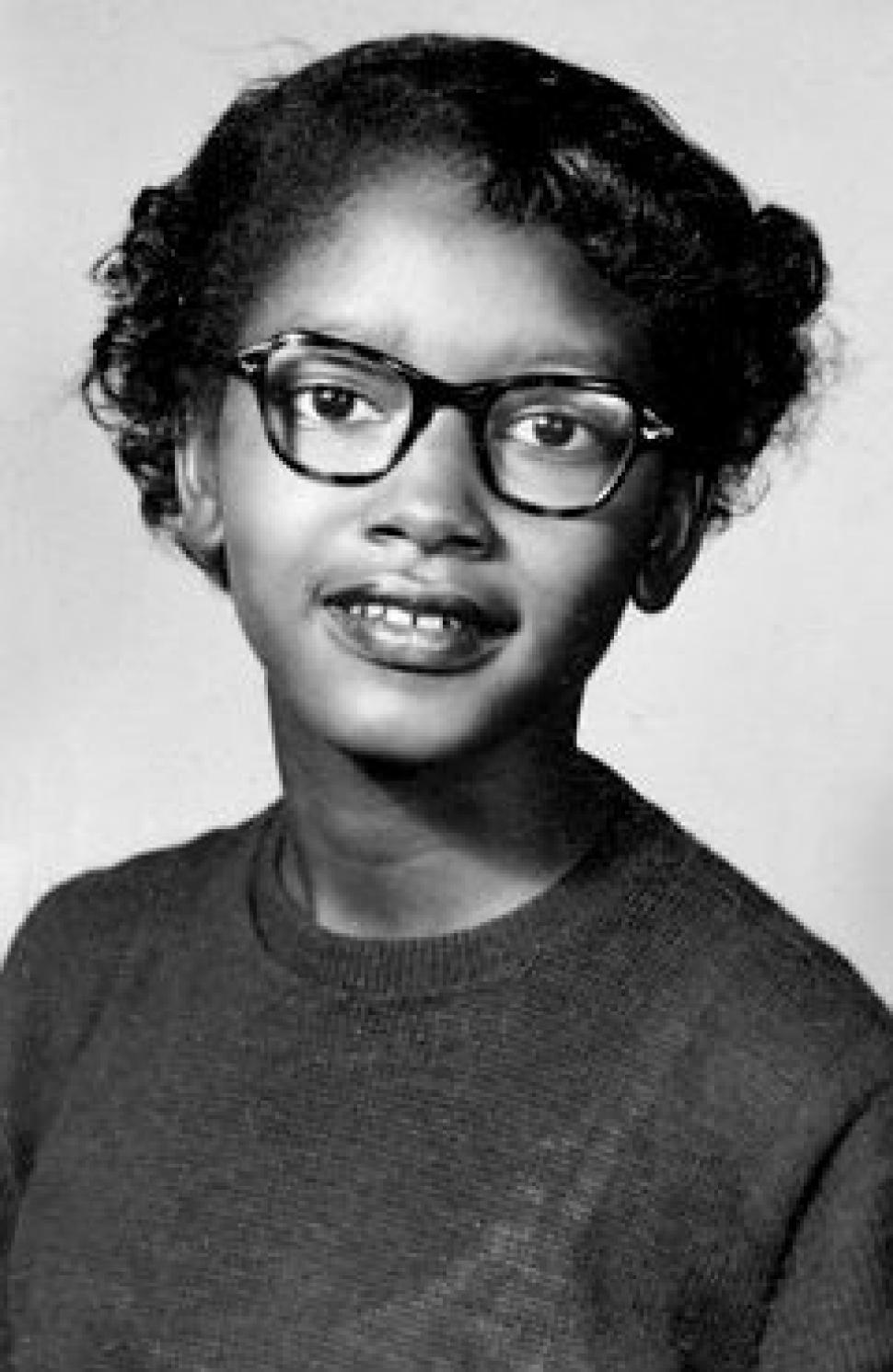|
Getting your Trinity Audio player ready...
|
Claudette Colvin was born on September 5, 1939 (age 81), in Montgomery, Alabama, U.S. She is an activist who was a pioneer in the civil rights movement in Alabama during the 1950s.
Who is Claudette Colvin?
Claudette Colvin is a civil rights activist who, before Rosa Parks, refused to give up her bus seat to a white passenger. She was arrested and became one of five plaintiffs in the first federal court case.
The case was filed by civil rights attorney Fred Gray on February 1, 1956, as Browder Gayle ruled that the city’s segregated bus system was not in the constitution.
A month later, the Supreme Court accepted the order for Montgomery and the state of Alabama to close bus segregation. The Montgomery bus boycott was then called off.
Later on, Colvin moved to New York City where she worked as a nurse’s aide. She retired in 2004.
Her Early Life
Colvin, born on September 5, 1939, in Montgomery, Alabama, grew up in one of the poorest neighborhoods in Montgomery and studied hard in school as she aspired to become President.
Her mother, Mary Jane Gadson, was unable to support her children financially, especially after their father, C.P.Austin, abandoned them. So, Colvin and her younger sister, Delphine, were taken in by their great aunt and uncle, Mary Anne and Q.P. Colvin.
The Colvins lived in Pine Level, a small country town in Montgomery County, where Rosa Parks grew up.
On Colvin’s 13th birthday, her sister died of polio. After which Colvin started attending Booker T. Washington High School. Due to the grief, she had difficulty connecting with her peers in school. But as a member of the NAACP Youth Council, she formed a close relationship with her mentor, Rosa Parks.
The Bus Incident
On March 2, 1955, she was returning home from school and sat in the colored section, two seats away from an emergency exit, in a Capitol Heights bus.
The bus driver, Robert W. Cleere commanded Colvin and three other black women in her row to move to the back, creating space for a white woman to sit in their row. Others obeyed, but she refused to move. According to her, ‘It was her constitutional right’.
The Arrest
Colvin was removed from the bus with force and arrested by two policemen, Thomas J. Ward and Paul Headley. This event took place nine months before the NAACP secretary, Rosa Parks, was arrested for the same offense.

The police officers who took her to the station made sexual comments about her body and took turns making jokes about her bra size throughout the journey. Price testified for Colvin, who was tried in juvenile court.
Colvin was initially charged with:
- Disturbing the peace
- Violating the segregation laws
- Battering and assaulting a police officer.
She was later bailed out by her minister, who told her that she had brought the revolution to Montgomery.
Her Life After Activism
In March 1956, Colvin gave birth to a son, Raymond. She left Montgomery for New York City in 1958, because it became difficult for her to keep up with school and work there. This was due to her participation in the court case that overturned bus segregation.
Claudette finally got a job in 1969 as a nurse’s aide in a nursing home in Manhattan, where she worked for 35 years, retiring in 2004.
She had a second son who became an accountant in Atlanta, but Raymond Colvin died of a heart attack in 1993.
Her Legacy
- She became a predecessor to the Montgomery bus boycott movement of 1955.
- On May 20, 2018, she was honored for her lifetime commitment to public service with a Congressional Certificate and an American flag.
- In 2017, the Council passed a resolution for a proclamation honoring Colvin. March 2 was named Claudette Colvin Day in Montgomery.


